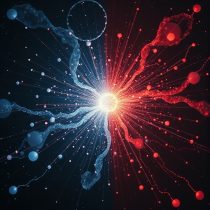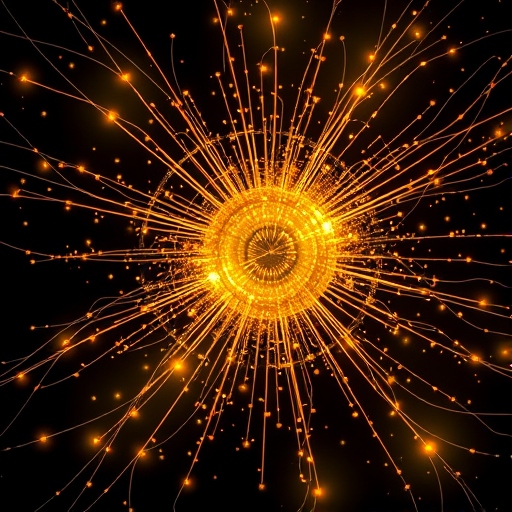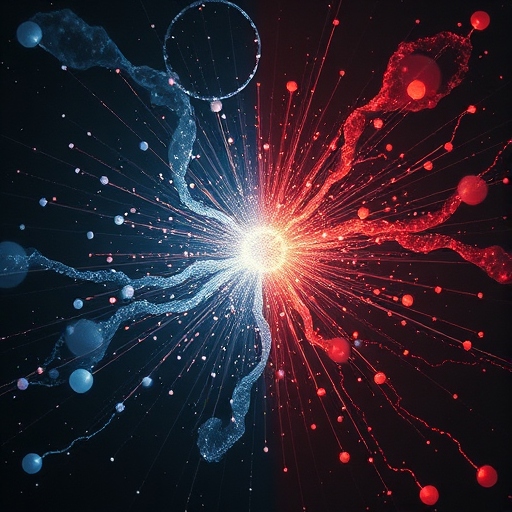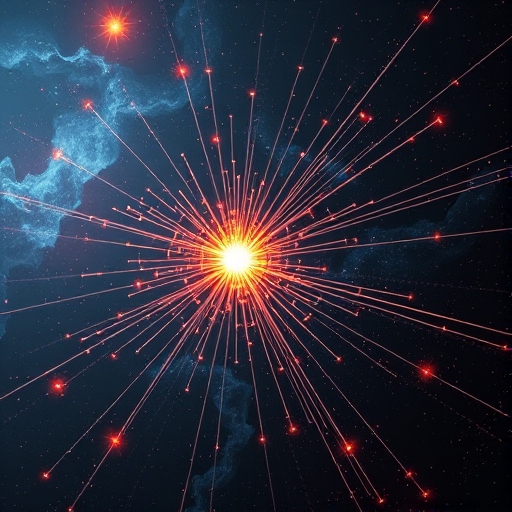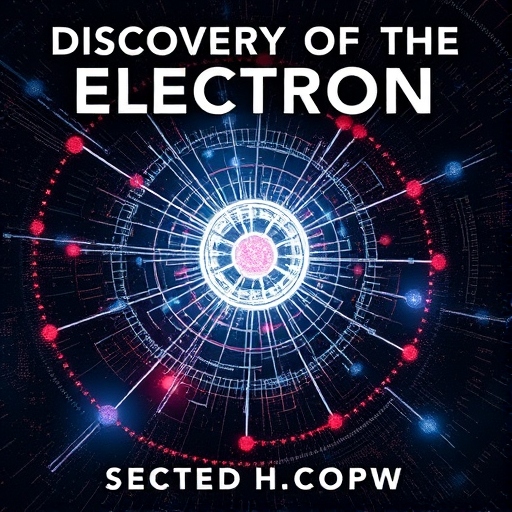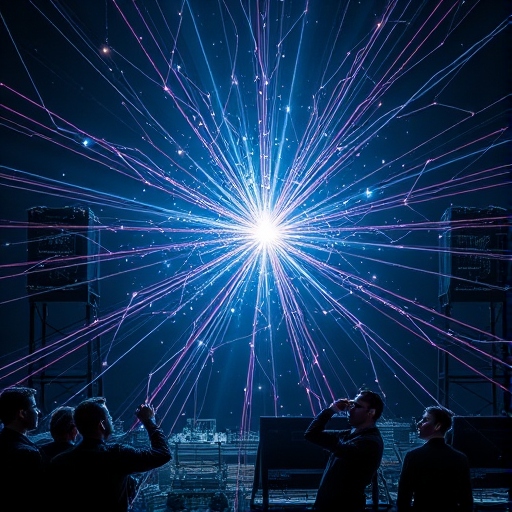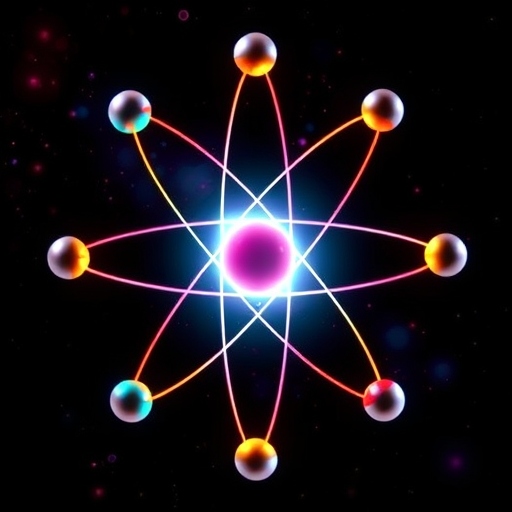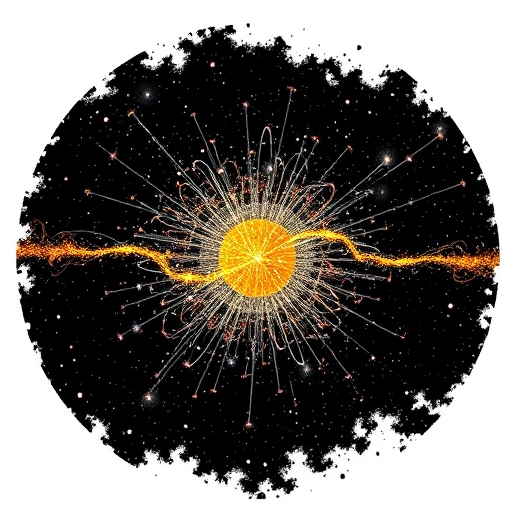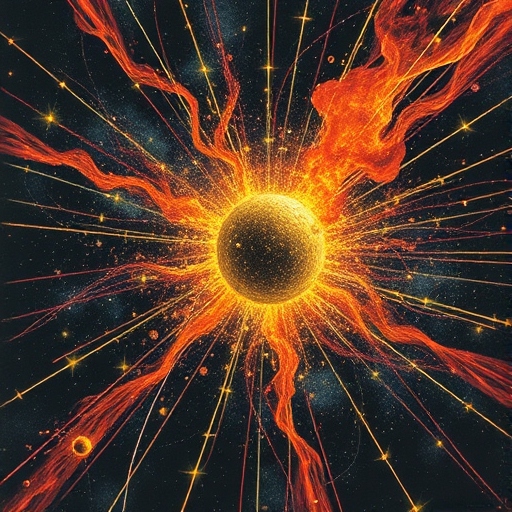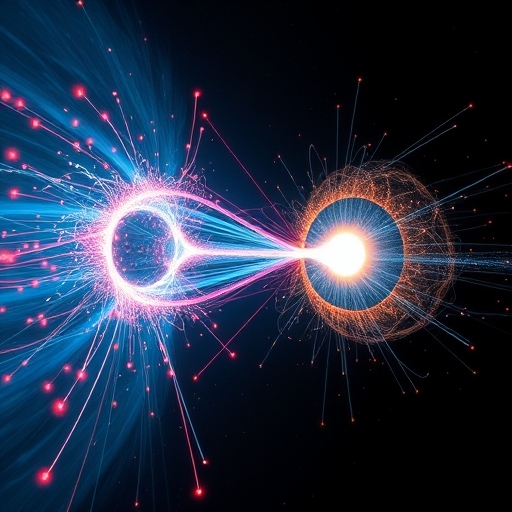CERN, the European Organization for Nuclear Research, has long been at the forefront of scientific discovery as Future Projects, pushing the boundaries of our understanding of the universe. From the discovery of the Higgs boson to advancements in particle physics, CERN continues to shape the future of science. As we look ahead, the next decade promises groundbreaking developments that could revolutionize our understanding of the cosmos, fundamental particles, and even the nature of reality itself.
This article explores 8 exciting future projects at CERN that are worth keeping an eye on Future Projects, from next-generation particle colliders to experiments aimed at exploring new dimensions with CERN. These projects, part of CERN’s ambitious 2030 roadmap, will pave the way for advancements in physics and beyond.
1. The Future Circular Collider (FCC)
One of the most ambitious next-generation particle colliders under development at CERN is the Future Circular Collider (FCC), Future Projects. Envisioned as a successor to the Large Hadron Collider (LHC), the FCC will be a massive leap forward in terms of size, energy, and potential discoveries.
Key Features of the FCC:
- Energy Levels: The FCC is designed to achieve collision energies up to 100 tera-electronvolts (TeV), far surpassing the LHC’s current 13 TeV capacity, Future Projects.
- Massive Scale: With a circumference of 100 kilometers (compared to the LHC’s 27 kilometers), the FCC will be the largest particle collider ever built, Future Projects.
- Scientific Goals: The FCC aims to investigate the Higgs boson in greater detail, search for dark matter, and explore fundamental questions about the universe’s origins, Future Projects
If realized, the FCC could unlock mysteries that have eluded scientists for decades, making it a centerpiece of CERN’s long-term vision.
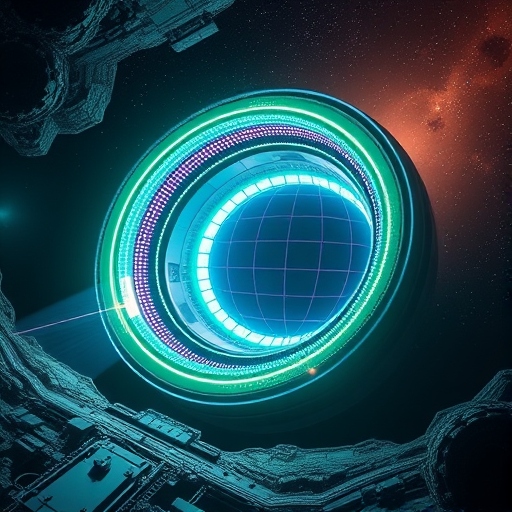
2. High-Luminosity Upgrade of the LHC (HL-LHC)
CERN is already working on future upgrades of the LHC, Future Projects, including the High-Luminosity Large Hadron Collider (HL-LHC). Scheduled to begin operations in the mid-2020s, the HL-LHC will significantly enhance the LHC’s capabilities.
What to Expect:
- Increased Luminosity: The HL-LHC will deliver 10 times more data than the current LHC, allowing scientists to study rare particle interactions with unprecedented precision.
- Exploring the Higgs Boson: With more data, researchers will be able to analyze the properties of the Higgs boson in greater detail, potentially uncovering new physics.
- Technical Innovations: Advanced magnets, cryogenics, and beam optics will push the boundaries of what’s technologically possible.
The HL-LHC represents a crucial step in maintaining CERN’s position as a global leader in particle physics.
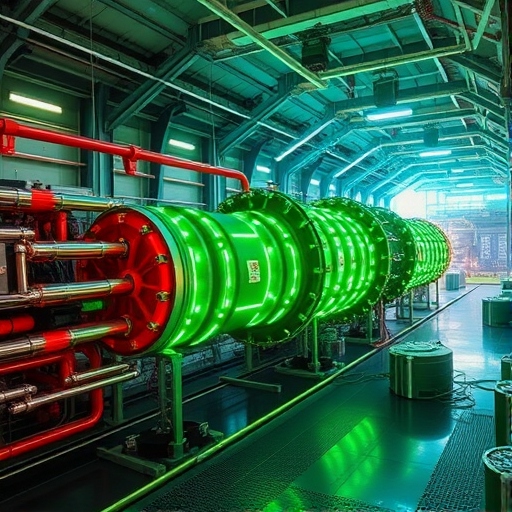
3. Exploring New Dimensions and Theories of Gravity
CERN has long been a hub for exploring exotic theories about the universe, and future experiments could provide insights into new dimensions and quantum theories of gravity, Future Projects.
Upcoming Efforts:
- Extra Dimensions: Experiments like ATLAS and CMS will continue searching for signs of extra dimensions, Future Projects, as predicted by string theory and other beyond-Standard-Model theories.
- Microscopic Black Holes: The LHC may be capable of producing tiny black holes, providing evidence for the existence of additional spatial dimensions.
- Quantum Gravity Experiments: By studying the interplay between gravity and quantum mechanics, CERN hopes to answer questions about the fundamental forces of nature.
These experiments could radically alter our understanding of space, time, and the very fabric of reality.
4. The Compact Linear Collider (CLIC)
The Compact Linear Collider (CLIC) is another exciting next-generation particle collider being developed by CERN. Unlike circular colliders like the LHC, CLIC will use linear acceleration to collide particles at extremely high energies.
Key Advantages of CLIC:
- Energy Efficiency: Linear colliders are more energy-efficient than circular ones, making them ideal for certain experiments, Future Projects.
- Precision Physics: CLIC will focus on precise measurements of the Higgs boson and other particles, complementing the discoveries of the LHC.
- Innovative Technology: The project will showcase cutting-edge accelerator technology, including two-beam acceleration techniques.
If approved, CLIC will open new avenues for studying the fundamental forces of nature.

5. Exploring Dark Matter and Dark Energy
One of the most profound mysteries in physics is the nature of dark matter and dark energy, which together make up over 95% of the universe’s mass-energy content. Upcoming CERN experiments will play a crucial role in this quest.
Key Initiatives:
- LHC Experiments: Current and upgraded detectors, such as CMS and ATLAS, will search for particles that could constitute dark matter.
- Dedicated Projects: Experiments like FASER and SHiP are designed to look for weakly interacting particles and other potential candidates for dark matter.
- Dark Energy Links: While primarily a topic for astrophysics, CERN’s high-energy experiments could shed light on how dark energy influences the universe’s expansion.
Discovering dark matter or dark energy would fundamentally change our understanding of the cosmos.
6. Neutrino Experiments: The Search for Answers
Neutrinos, mysterious particles with almost no mass, hold the potential to unlock deep secrets about the universe. CERN’s future projects include significant contributions to global neutrino research.
Highlights:
- CERN Neutrino Platform: This initiative supports international neutrino experiments like DUNE (Deep Underground Neutrino Experiment) in the U.S., helping to build cutting-edge detectors and technology.
- Antimatter and Neutrinos: By studying neutrinos and their antiparticles, scientists hope to understand why matter dominates over antimatter in the universe.
- Sterile Neutrinos: CERN will continue searching for sterile neutrinos, a hypothetical type of neutrino that could solve longstanding puzzles in particle physics.
The study of neutrinos promises to provide new insights into the building blocks of the universe.
7. CERN’s Contribution to Quantum Computing and Technology
Beyond particle physics, CERN is actively advancing global science through innovations in quantum computing, AI, and data processing.
Key Projects:
- Quantum Simulations: CERN is exploring quantum technologies to simulate complex particle interactions, enabling breakthroughs in theoretical physics.
- AI-Powered Experiments: Machine learning and AI tools are being integrated into experiments to analyze massive datasets more efficiently.
- Open Science: CERN’s commitment to open science ensures that its technological advancements benefit the global research community.
CERN’s role extends beyond fundamental science, impacting technology, medicine, and industry worldwide.
8. The CERN 2030 Roadmap: A Vision for the Future
CERN’s 2030 roadmap outlines its long-term goals and priorities, including ambitious projects and infrastructure improvements.
Key Elements:
- Sustainability: Future facilities, such as the FCC, will prioritize energy efficiency and environmental sustainability.
- Collaboration: CERN is strengthening partnerships with global institutions to tackle shared scientific challenges.
- Education and Outreach: CERN continues to inspire the next generation of scientists through programs like CERN Open Days and educational initiatives.
The roadmap underscores CERN’s commitment to advancing human knowledge and addressing the universe’s greatest mysteries.

Conclusion
CERN’s future is as exciting as its storied past. With projects like the Future Circular Collider, HL-LHC, and neutrino research, the organization is poised to remain at the cutting edge of physics and innovation. From solving the puzzle of dark matter to exploring new dimensions with CERN, these efforts reflect humankind’s unrelenting quest to understand the universe.
As we move toward 2030, the discoveries made at CERN will undoubtedly redefine our understanding of reality, pushing the boundaries of science and inspiring generations to come. These upcoming CERN experiments remind us that the future of physics is brighter than ever, and the possibilities are limitless.
If you want to read more: CLICK HERE


